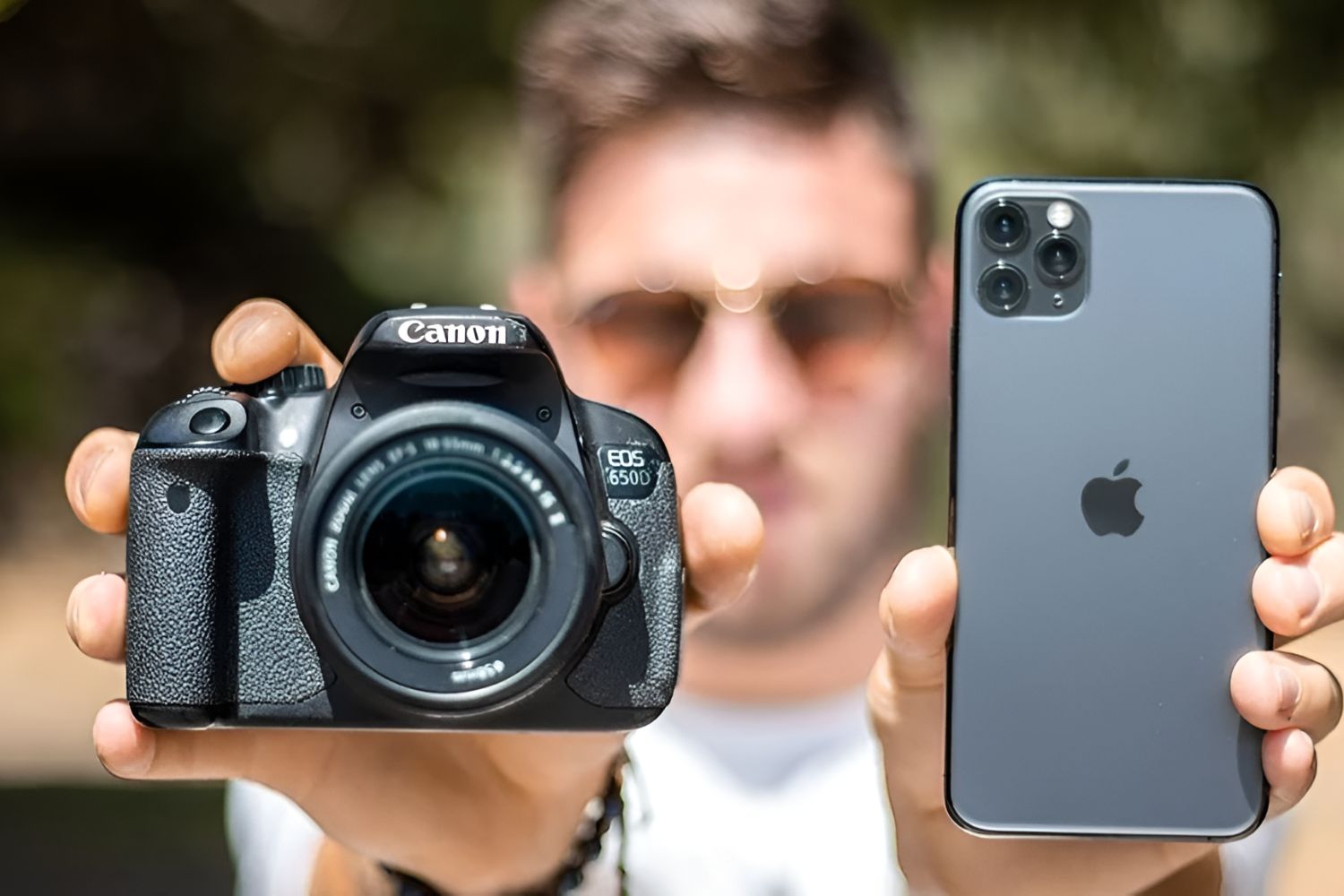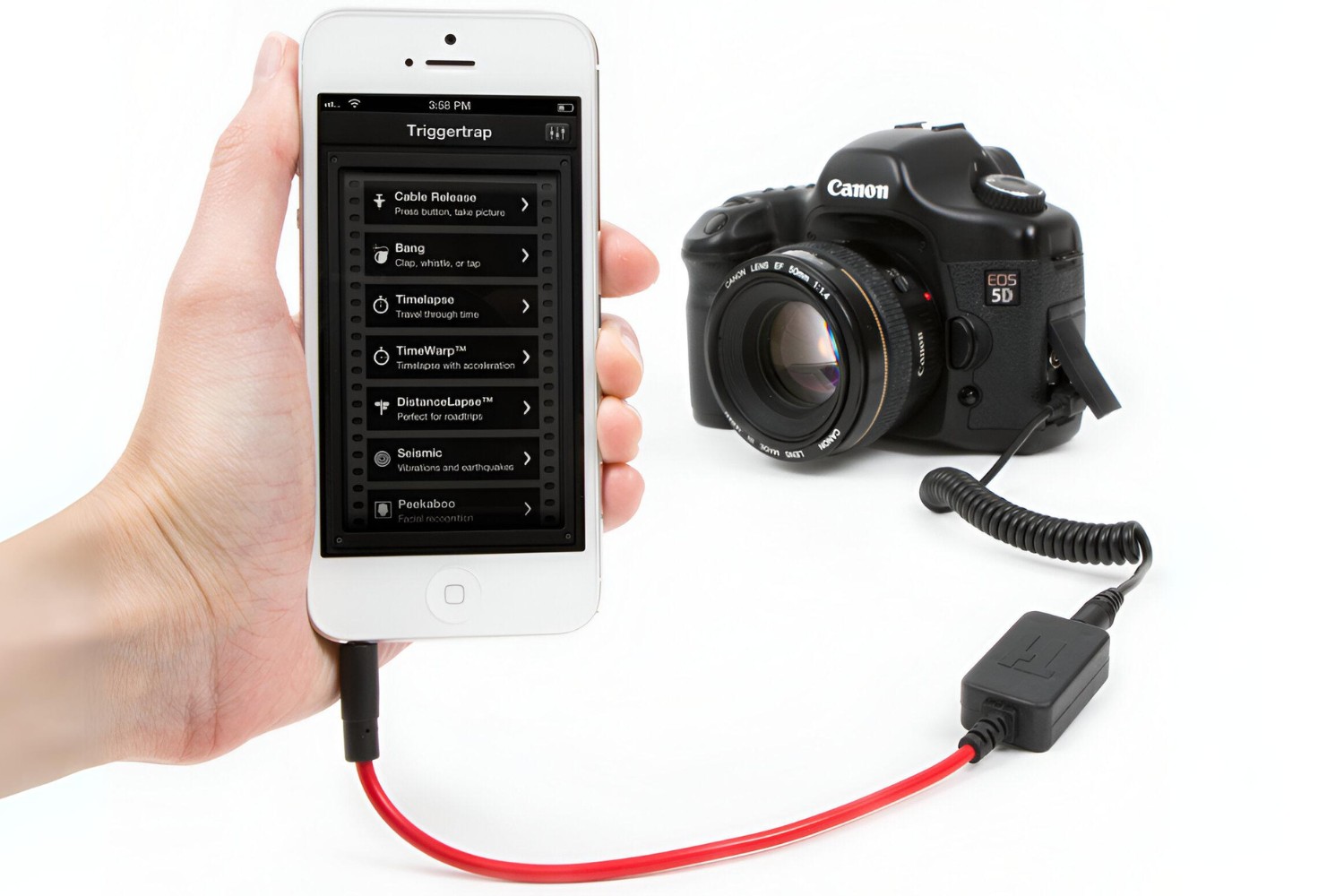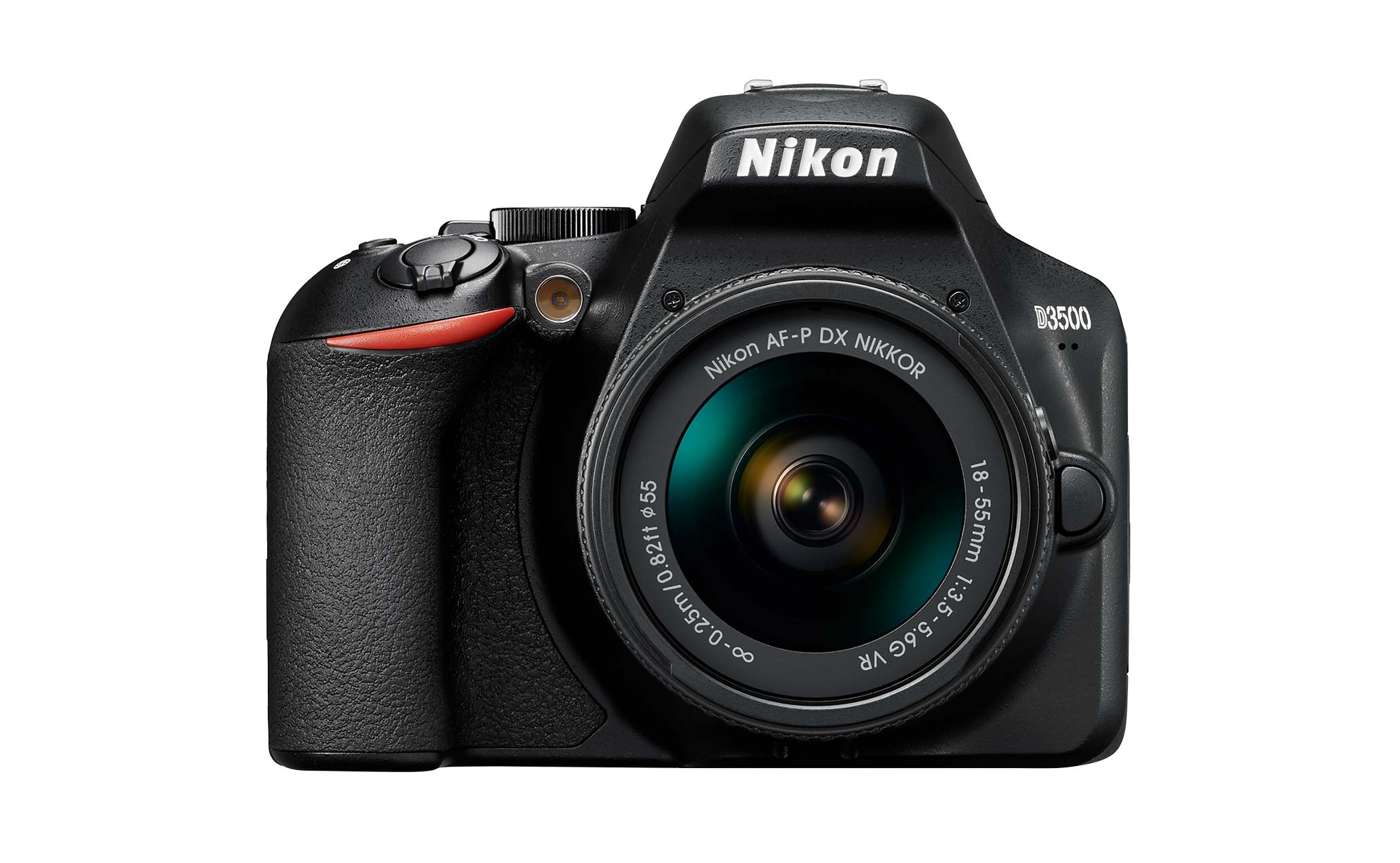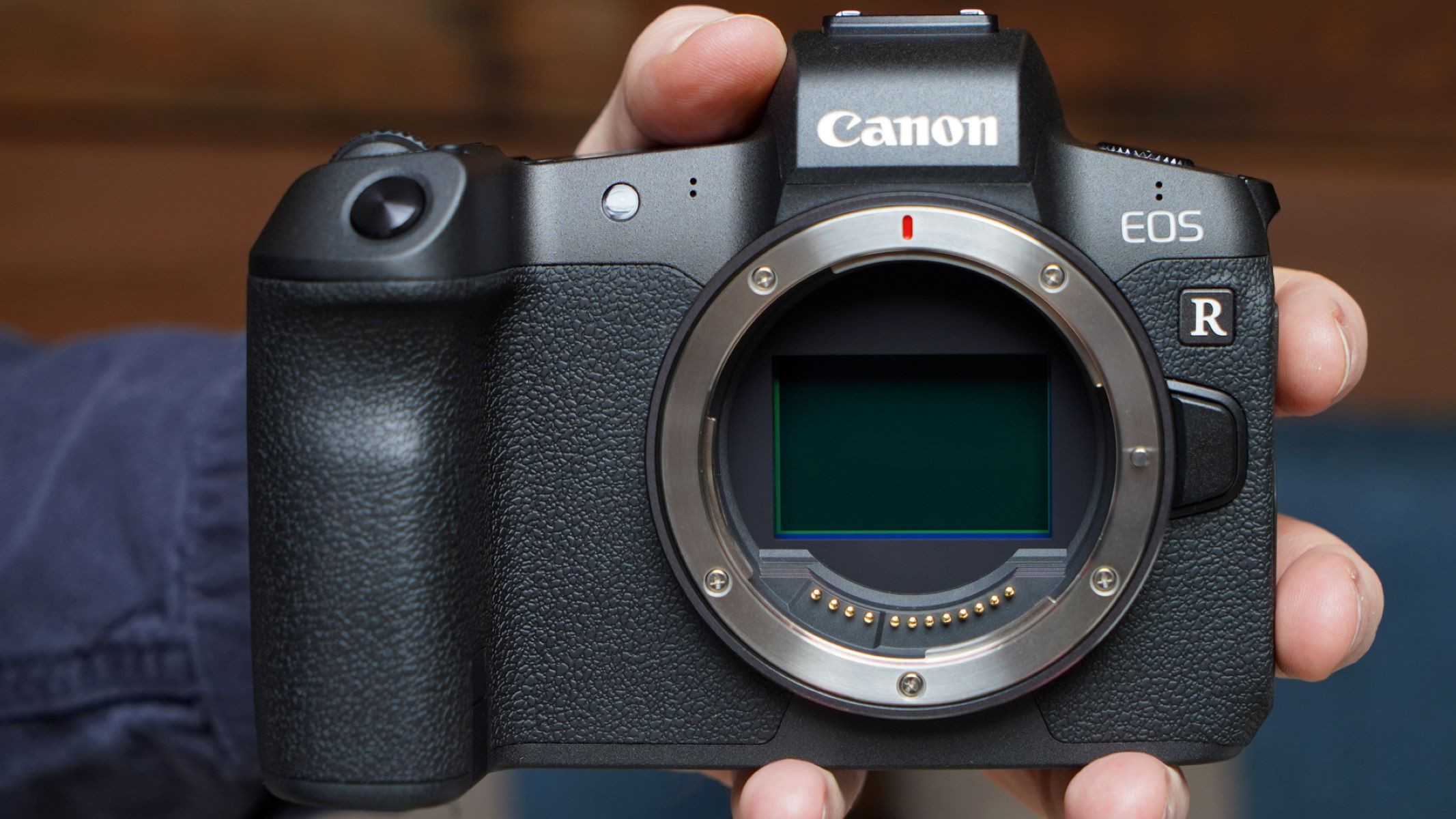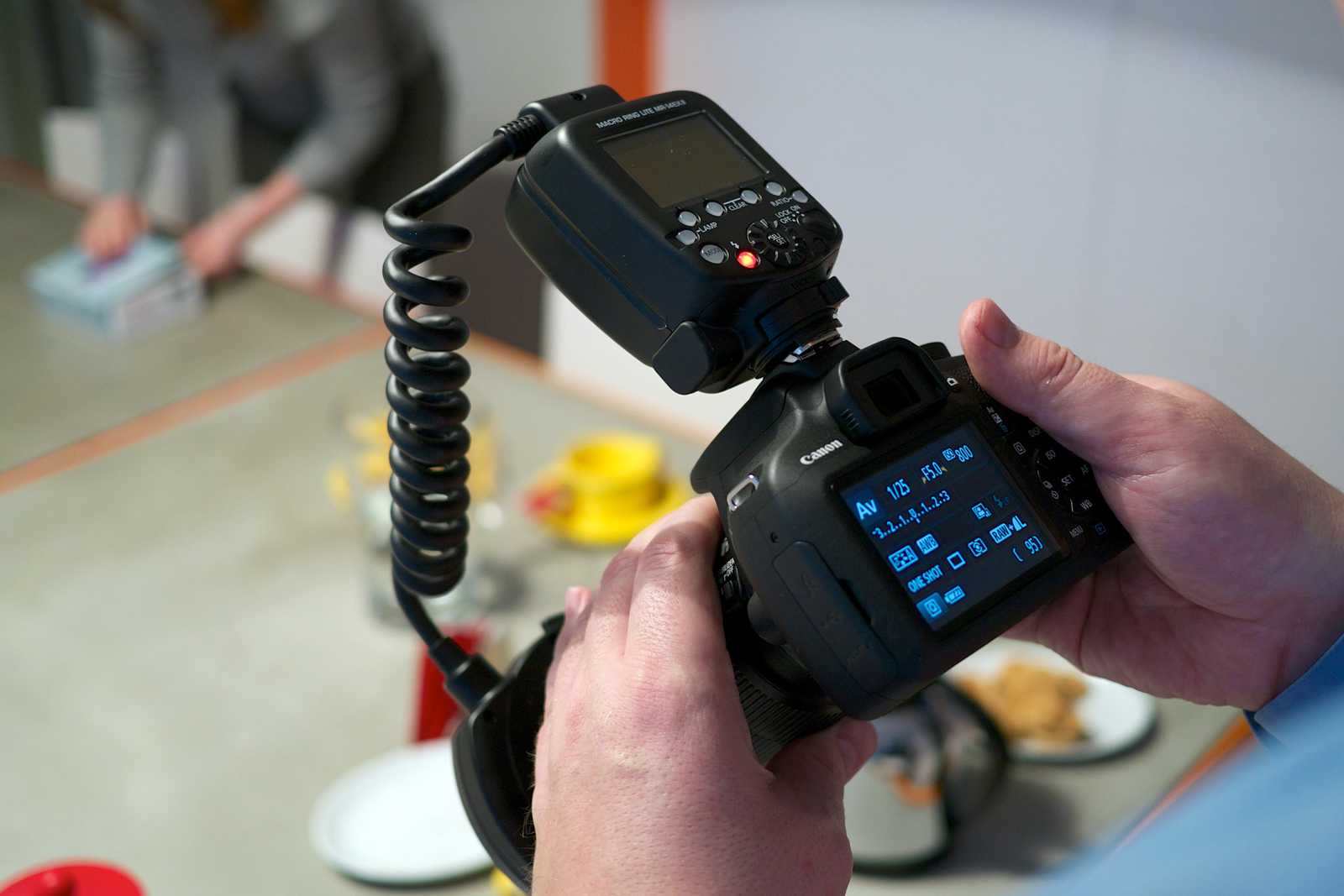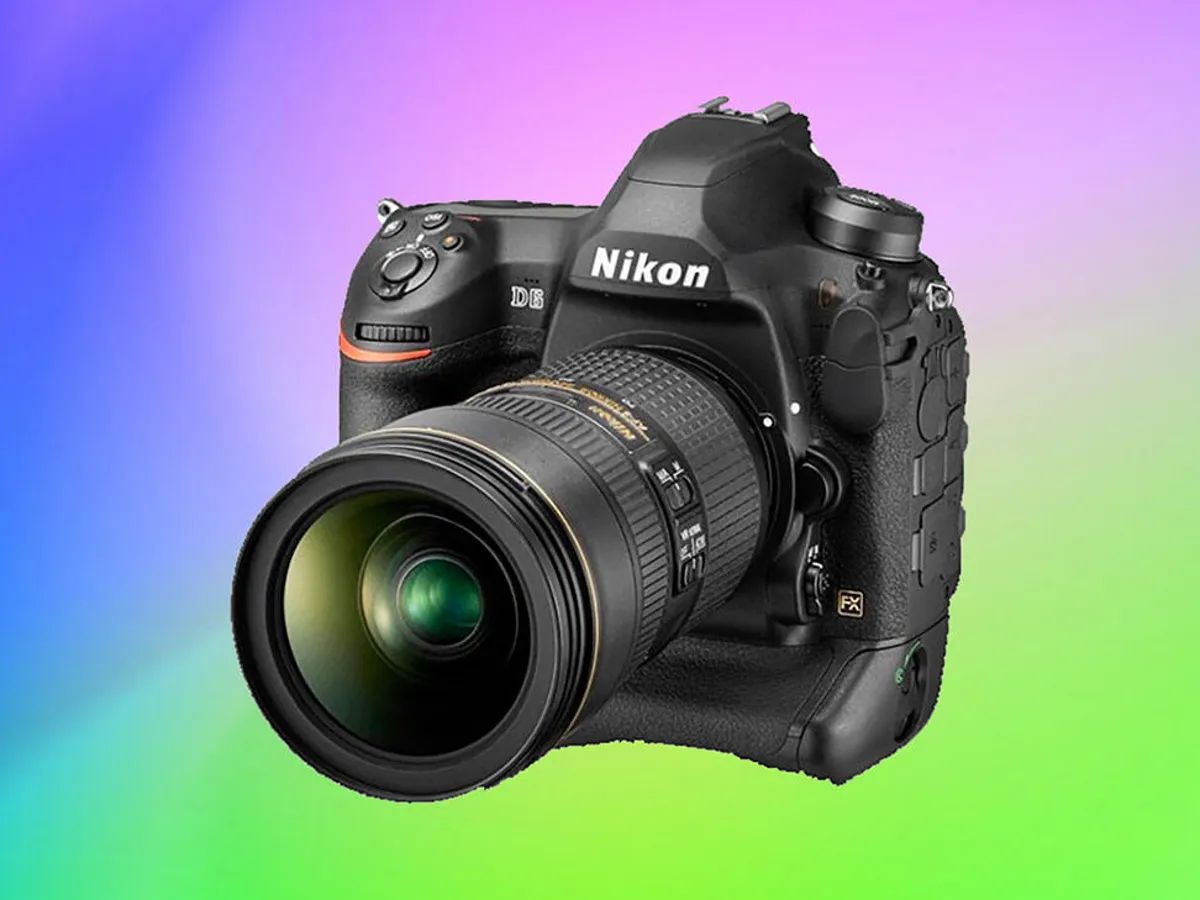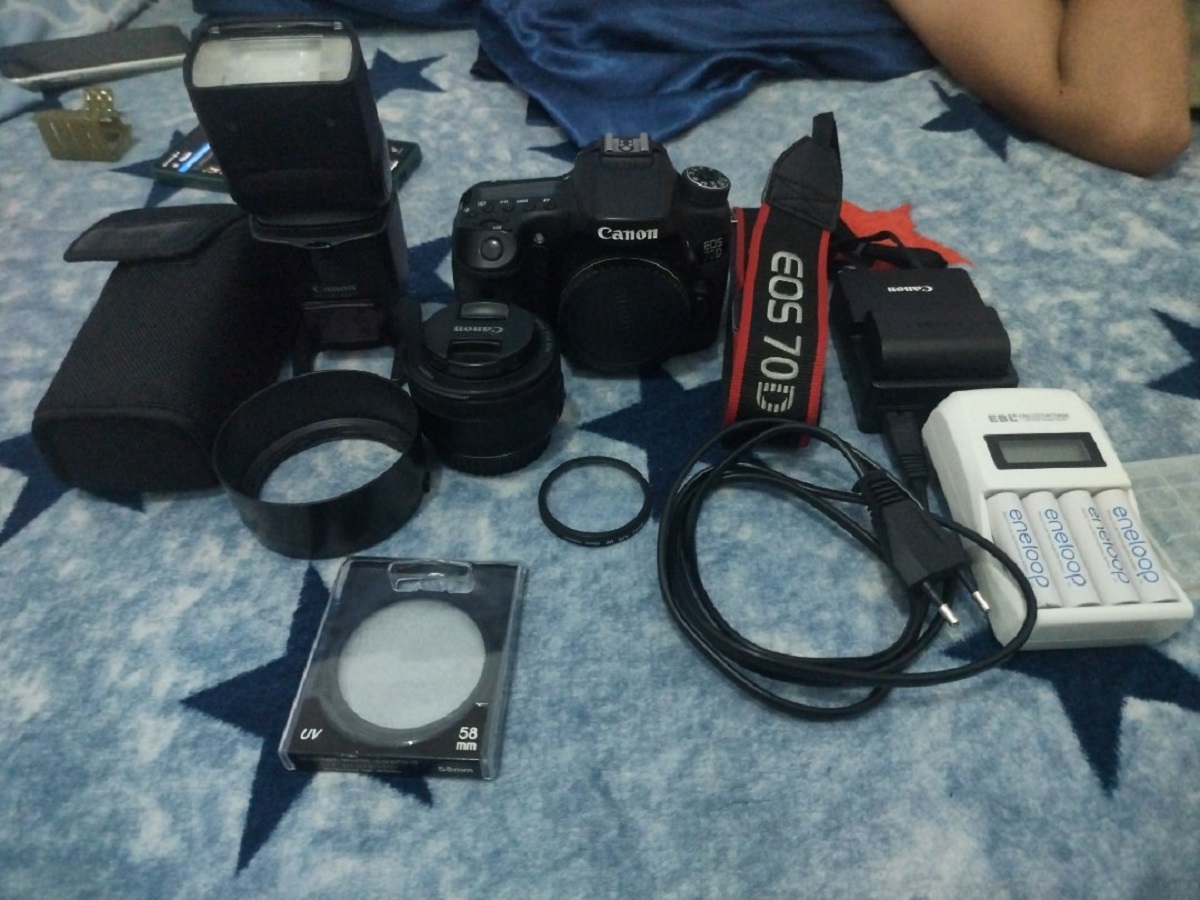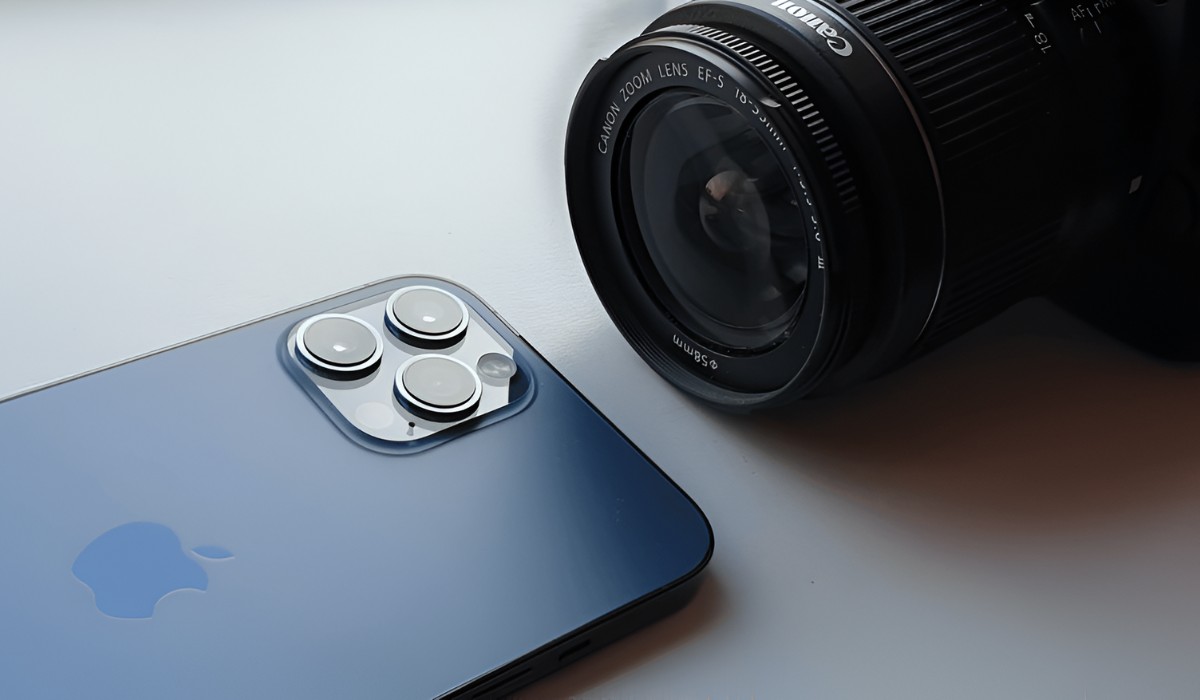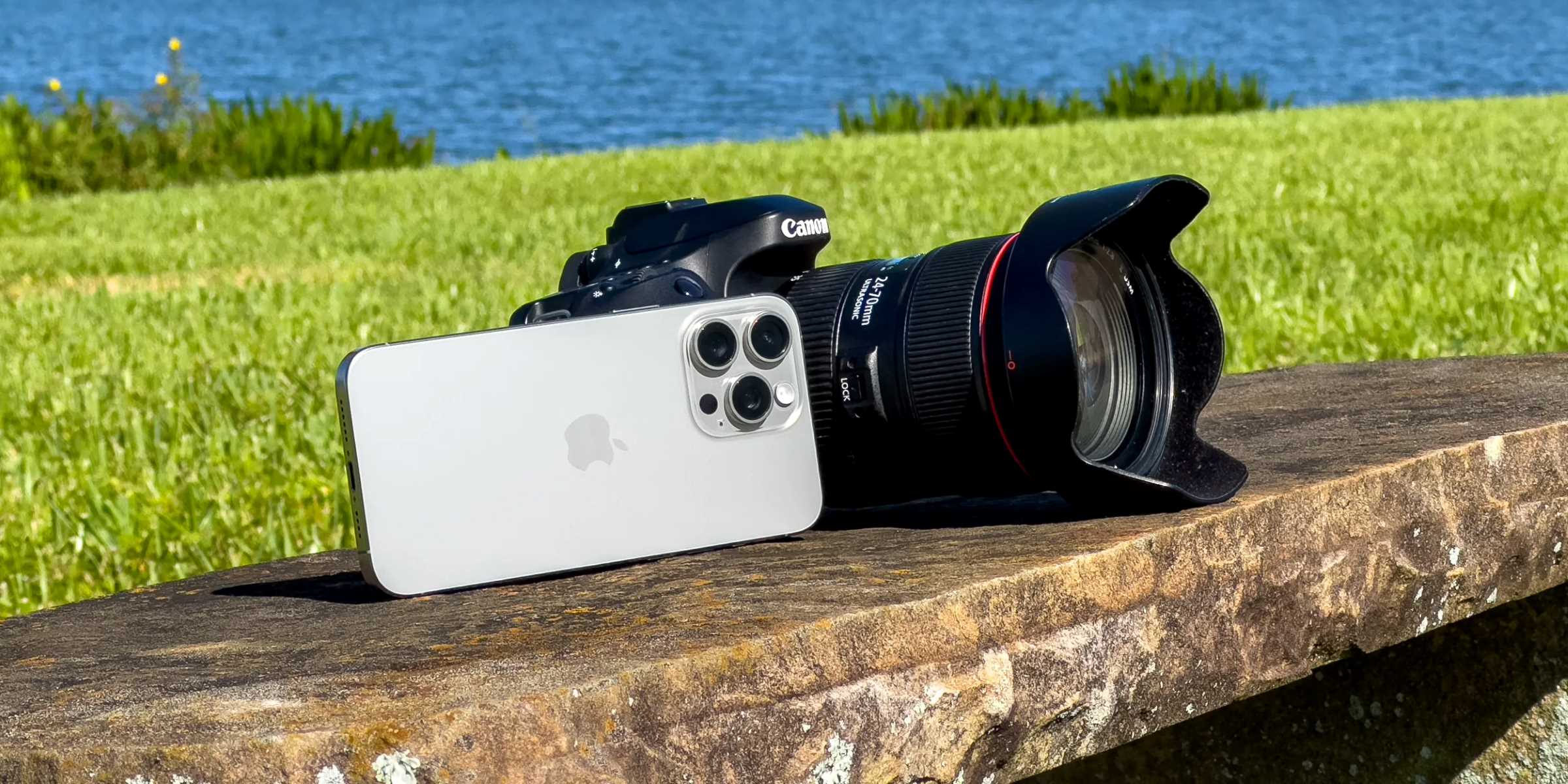Introduction
Introduction
When it comes to capturing life's precious moments, the choice of camera can make all the difference. In today's tech-savvy world, the debate between DSLR cameras and phone cameras has become increasingly prevalent. While phone cameras have made remarkable advancements in recent years, there are several compelling reasons why DSLR cameras continue to hold their own in the world of photography.
The evolution of smartphone cameras has undoubtedly been impressive, with manufacturers constantly striving to enhance image quality and introduce innovative features. However, despite these advancements, DSLR cameras maintain a competitive edge in several key areas. From image quality and interchangeable lenses to manual controls and low-light performance, DSLR cameras offer a level of versatility and functionality that phone cameras simply cannot match.
In this article, we will delve into the various reasons why DSLR cameras are considered superior to phone cameras. By exploring the distinct advantages that DSLRs offer, we aim to provide a comprehensive understanding of why these traditional cameras remain a popular choice among photography enthusiasts and professionals alike. Whether you're a seasoned photographer or a budding enthusiast, understanding the unique benefits of DSLR cameras can significantly impact the way you approach photography and elevate the quality of your images. So, let's embark on a journey to unravel the myriad advantages that DSLR cameras bring to the table.
Image Quality
One of the most compelling reasons why DSLR cameras outshine phone cameras is their unparalleled image quality. DSLRs are equipped with larger image sensors, which play a pivotal role in capturing stunning, high-resolution photographs with exceptional clarity and detail. The size of the sensor directly impacts the camera’s ability to gather light, resulting in sharper images with reduced noise, especially in low-light conditions. In contrast, phone cameras typically feature smaller sensors, limiting their capability to produce images that match the level of depth and clarity achievable with DSLRs.
Furthermore, DSLR cameras offer a wider range of ISO settings, allowing photographers to capture images in various lighting scenarios while maintaining superior image quality. This flexibility empowers photographers to achieve remarkable results across different environments, from well-lit outdoor settings to dimly lit indoor spaces. The dynamic range of DSLR images is notably superior, enabling the preservation of intricate details in both highlights and shadows, thereby elevating the overall visual appeal of the photographs.
Another crucial aspect contributing to DSLR image quality is the ability to shoot in RAW format. This uncompressed file format retains all the original data captured by the camera’s sensor, affording photographers greater control during post-processing. The flexibility to adjust parameters such as exposure, white balance, and contrast without compromising image quality is a significant advantage that DSLRs offer over phone cameras, which typically produce compressed JPEG files with limited scope for extensive post-processing.
Moreover, the capability of DSLR cameras to utilize a wide array of high-quality lenses further enhances the overall image quality. Whether it’s capturing breathtaking landscapes with a wide-angle lens, achieving stunning portraits with a prime lens, or zooming in on distant subjects with a telephoto lens, the versatility of interchangeable lenses empowers photographers to elevate their creativity and produce images of exceptional sharpness and clarity.
Interchangeable Lenses
One of the standout features that sets DSLR cameras apart from their smartphone counterparts is the ability to interchange lenses. This capability empowers photographers to adapt to diverse shooting scenarios and unleash their creativity through a wide range of specialized lenses, each tailored to produce distinct visual effects and cater to specific photographic needs.
With DSLRs, photographers can choose from an extensive selection of lenses, including wide-angle, telephoto, macro, and prime lenses, among others. This versatility allows for unparalleled flexibility in capturing a diverse range of subjects, from expansive landscapes and architectural marvels to intimate portraits and intricate details. The ability to select the most suitable lens for a particular scene or subject enables photographers to achieve their desired compositional and visual outcomes with precision and artistry.
Furthermore, the option to utilize fast prime lenses with wide apertures empowers photographers to create captivating images with shallow depth of field, resulting in beautifully blurred backgrounds that accentuate the main subject. This artistic control over depth of field is a hallmark of DSLR photography, offering a level of creative expression that is challenging to replicate with phone cameras, which typically have fixed lenses and limited aperture control.
Additionally, the availability of specialized lenses such as tilt-shift lenses for perspective control, fisheye lenses for dramatic distortion effects, and image-stabilized lenses for capturing sharp handheld shots in challenging conditions further underscores the versatility and creative potential that interchangeable lenses bring to DSLR photography. The ability to tailor the optical characteristics of the lens to suit the specific requirements of a photographic composition or genre is a distinct advantage that significantly elevates the quality and diversity of images captured with DSLR cameras.
Manual Controls
One of the defining features that make DSLR cameras superior to phone cameras is the extensive array of manual controls they offer. DSLRs provide photographers with a comprehensive set of customizable settings, allowing for precise adjustments to aperture, shutter speed, ISO, white balance, and focus, among other parameters. This level of manual control empowers photographers to fine-tune each aspect of their image capture process, resulting in photographs that reflect their artistic vision and technical expertise.
The tactile nature of physical dials and buttons on DSLR cameras facilitates intuitive adjustments, enabling photographers to swiftly respond to changing lighting conditions and dynamic subjects without navigating through complex on-screen menus. This seamless control over key exposure and focus parameters is particularly advantageous in fast-paced shooting scenarios, such as sports photography or wildlife photography, where the ability to swiftly adapt settings can make all the difference in capturing the decisive moment.
Moreover, the manual control over aperture and shutter speed allows photographers to explore creative techniques such as long exposure photography for capturing mesmerizing light trails and silky smooth water effects, or achieving striking shallow depth of field effects to isolate subjects against beautifully blurred backgrounds. These artistic possibilities are significantly expanded by the precise control DSLRs offer, providing a platform for photographers to experiment and innovate with their imagery.
Additionally, the manual focus capabilities of DSLR cameras provide a level of precision that is challenging to replicate with phone cameras. The tactile sensation of manually adjusting the focus ring on a high-quality lens allows photographers to achieve pinpoint accuracy in focusing, particularly beneficial when capturing subjects with intricate details or when employing selective focus techniques to draw attention to specific elements within the frame.
Furthermore, the availability of customizable buttons and programmable function features on DSLRs enables photographers to tailor the camera’s controls to their specific shooting preferences, streamlining their workflow and ensuring quick access to frequently used settings. This level of personalization enhances the overall shooting experience, allowing photographers to focus on their creative vision without being hindered by technical limitations.
Low Light Performance
When it comes to capturing images in challenging low-light conditions, DSLR cameras outshine phone cameras with their exceptional performance and versatility. The larger image sensors found in DSLRs enable them to gather more light, resulting in superior low-light image quality with reduced noise and enhanced detail. This capability is particularly advantageous when shooting in dimly lit environments, such as indoor settings, evening scenes, or nighttime cityscapes, where the ability to produce clean, well-exposed images is paramount.
Furthermore, the wider range of ISO settings available in DSLR cameras allows photographers to effectively control the camera’s sensitivity to light, thereby expanding the possibilities for capturing compelling images in low-light scenarios. By utilizing higher ISO settings, photographers can maintain faster shutter speeds to freeze motion or reduce the risk of camera shake, all while preserving remarkable image quality and minimizing the impact of digital noise.
Additionally, the availability of fast lenses with wide apertures further enhances the low-light performance of DSLR cameras. These lenses allow for increased light transmission, enabling photographers to achieve stunning results in challenging lighting conditions by maximizing the amount of available light reaching the camera’s sensor. The ability to create images with beautiful background blur and captivating bokeh in low-light settings is a hallmark of DSLR photography, providing photographers with a distinct creative advantage.
Moreover, the advanced noise reduction algorithms and processing capabilities integrated into DSLR cameras contribute to cleaner, more visually appealing images when shooting in low light. The superior signal-to-noise ratio inherent in DSLR sensor technology ensures that images retain exceptional detail and tonal range, even in conditions where phone cameras may struggle to deliver satisfactory results.
Overall, the low-light performance of DSLR cameras empowers photographers to confidently explore and capture scenes in challenging lighting conditions, opening up a world of creative opportunities and ensuring that the quality of their images remains uncompromised, regardless of the ambient light levels.
Depth of Field
One of the distinctive advantages of DSLR cameras over phone cameras is their ability to create captivating depth of field effects, allowing photographers to selectively emphasize subjects while artfully blurring the background or foreground. The control over depth of field is a hallmark of DSLR photography, made possible by the combination of larger sensors, interchangeable lenses with wide apertures, and precise manual controls.
By utilizing lenses with wide apertures, DSLR photographers can achieve shallow depth of field effects, resulting in beautifully blurred backgrounds that serve to isolate and accentuate the main subject. This artistic technique, often employed in portrait and macro photography, adds a dimension of visual allure and draws the viewer’s attention to the focal point of the image, creating a sense of depth and immersion that is challenging to replicate with phone cameras.
Moreover, the ability to control depth of field allows photographers to convey a sense of visual hierarchy within their compositions, guiding the viewer’s gaze and establishing a compelling narrative through selective focus. Whether it’s isolating a single flower against a dreamy, blurred backdrop or capturing a portrait with mesmerizing bokeh, DSLR cameras provide photographers with the tools to infuse their images with a sense of artistry and intentionality that transcends the limitations of phone cameras.
Additionally, the versatility of DSLR lenses, ranging from wide-angle to telephoto and macro, further expands the creative possibilities in manipulating depth of field. Whether it’s capturing expansive landscapes with remarkable front-to-back sharpness or achieving striking subject isolation in portraiture, the ability to tailor the visual depth of a scene to suit the photographer’s artistic vision is a defining feature of DSLR photography.
Furthermore, the tactile nature of manually adjusting aperture settings on DSLR lenses allows photographers to seamlessly experiment with different depth of field effects, empowering them to fine-tune the visual impact of their images in real time. This level of creative control fosters a deeper connection between the photographer’s artistic intent and the final visual expression, resulting in images that resonate with depth and emotion.
Battery Life
When it comes to prolonged shooting sessions and extended usage in the field, the superior battery life of DSLR cameras stands in stark contrast to the more limited endurance of phone cameras. DSLRs are equipped with robust, high-capacity batteries that are specifically designed to power the camera through extended periods of intensive use, making them the preferred choice for photographers who require reliable performance without the need for frequent recharging.
The substantial battery capacity of DSLR cameras enables photographers to capture hundreds, and in some cases, thousands of images on a single charge, providing a level of operational freedom and flexibility that is unmatched by phone cameras. This extended battery life is particularly advantageous during travel or outdoor photography expeditions, where access to charging facilities may be limited, and the ability to continue shooting without interruption is crucial.
Furthermore, the power-efficient design of DSLR cameras, coupled with the absence of constant connectivity features such as cellular data and background applications, contributes to the efficient utilization of battery power. Unlike smartphones, which serve multiple functions beyond photography and are susceptible to rapid battery drain, DSLRs are dedicated imaging devices optimized for extended usage, ensuring that photographers can focus on capturing exceptional images without the distraction or concern of battery depletion.
Additionally, the availability of spare batteries and external power sources further enhances the operational longevity of DSLR cameras, providing photographers with the option to seamlessly swap out depleted batteries and continue shooting without disruption. This flexibility is invaluable in demanding shooting scenarios, such as event coverage or wildlife photography, where the ability to sustain continuous shooting without downtime is imperative.
Moreover, the absence of complex image processing and communication tasks inherent in smartphone functionality ensures that DSLR batteries are primarily allocated to powering the essential functions of the camera, resulting in prolonged endurance and consistent performance. This dedication to the core task of image capture and the efficient management of power resources positions DSLR cameras as reliable companions for photographers seeking extended shooting capabilities.
Durability and Ergonomics
DSLr cameras are renowned for their robust build quality and ergonomic design, offering photographers a durable and reliable tool for capturing images in a wide range of environments. The construction of DSLRs, often featuring weather-sealed magnesium alloy bodies, ensures that they can withstand the rigors of professional use and adverse weather conditions, providing photographers with the confidence to pursue their craft without being hindered by equipment limitations.
The substantial form factor of DSLR cameras, coupled with well-defined handgrips and intuitive button placement, contributes to a comfortable and secure handling experience, particularly during extended shooting sessions. The ergonomic design of DSLRs minimizes hand fatigue and provides tactile feedback, allowing photographers to maintain a steady grip and make precise adjustments without the discomfort often associated with prolonged smartphone photography.
Furthermore, the physical controls and dedicated dials present on DSLR cameras enable swift and intuitive adjustments to key settings, empowering photographers to respond quickly to changing shooting conditions without the need to navigate through complex on-screen menus. This tactile interface fosters a seamless and immersive shooting experience, ensuring that photographers can focus on their creative vision without being encumbered by technical distractions.
In addition to their robust build and ergonomic design, DSLR cameras offer a wide range of accessories and customization options, including battery grips, external flash units, and interchangeable viewfinders, further enhancing their adaptability to diverse shooting scenarios and individual preferences. The ability to tailor the camera’s accessories and configuration to suit specific shooting requirements underscores the versatility and longevity of DSLR systems.
Moreover, the modular nature of DSLR cameras allows for the integration of specialized accessories such as battery grips, external microphones, and wireless transmitters, expanding the functionality and creative potential of the camera system. This adaptability ensures that photographers can customize their setup to suit the demands of their photographic pursuits, whether it’s capturing high-quality audio for video production or extending the operational endurance of the camera through supplementary power sources.
Conclusion
As we’ve explored the myriad advantages of DSLR cameras over phone cameras, it becomes evident that these traditional imaging tools offer a level of versatility, performance, and creative potential that continues to set them apart in the realm of photography. From unparalleled image quality and the flexibility of interchangeable lenses to the precise manual controls and robust durability, DSLR cameras remain an indispensable choice for photographers seeking to elevate their craft and capture exceptional imagery.
The superior image quality produced by DSLR cameras, facilitated by larger sensors, wider ISO ranges, and the ability to shoot in RAW format, ensures that photographers can consistently achieve stunning results across a diverse range of shooting scenarios. The availability of interchangeable lenses empowers photographers to tailor their optical toolkit to suit specific subjects and genres, fostering a level of creative expression and visual diversity that is unmatched by phone cameras.
Furthermore, the precise manual controls and ergonomic design of DSLR cameras provide photographers with a tactile and intuitive shooting experience, allowing for seamless adjustments and personalized customization to suit individual shooting preferences. The extended battery life and robust build quality of DSLR cameras further cement their position as reliable and enduring tools for photographers, particularly in demanding and unpredictable environments.
While phone cameras have undoubtedly made significant strides in image quality and convenience, the distinct advantages offered by DSLR cameras in key areas such as low-light performance, depth of field control, and operational longevity ensure that they remain a preferred choice for enthusiasts and professionals seeking uncompromising image quality and creative control.
In essence, the enduring appeal of DSLR cameras lies in their ability to bridge the gap between technical precision and artistic expression, providing photographers with a platform to realize their creative vision and capture moments with unparalleled depth and clarity. As technology continues to evolve, the timeless advantages of DSLR cameras serve as a testament to their enduring relevance in the ever-changing landscape of photography.







